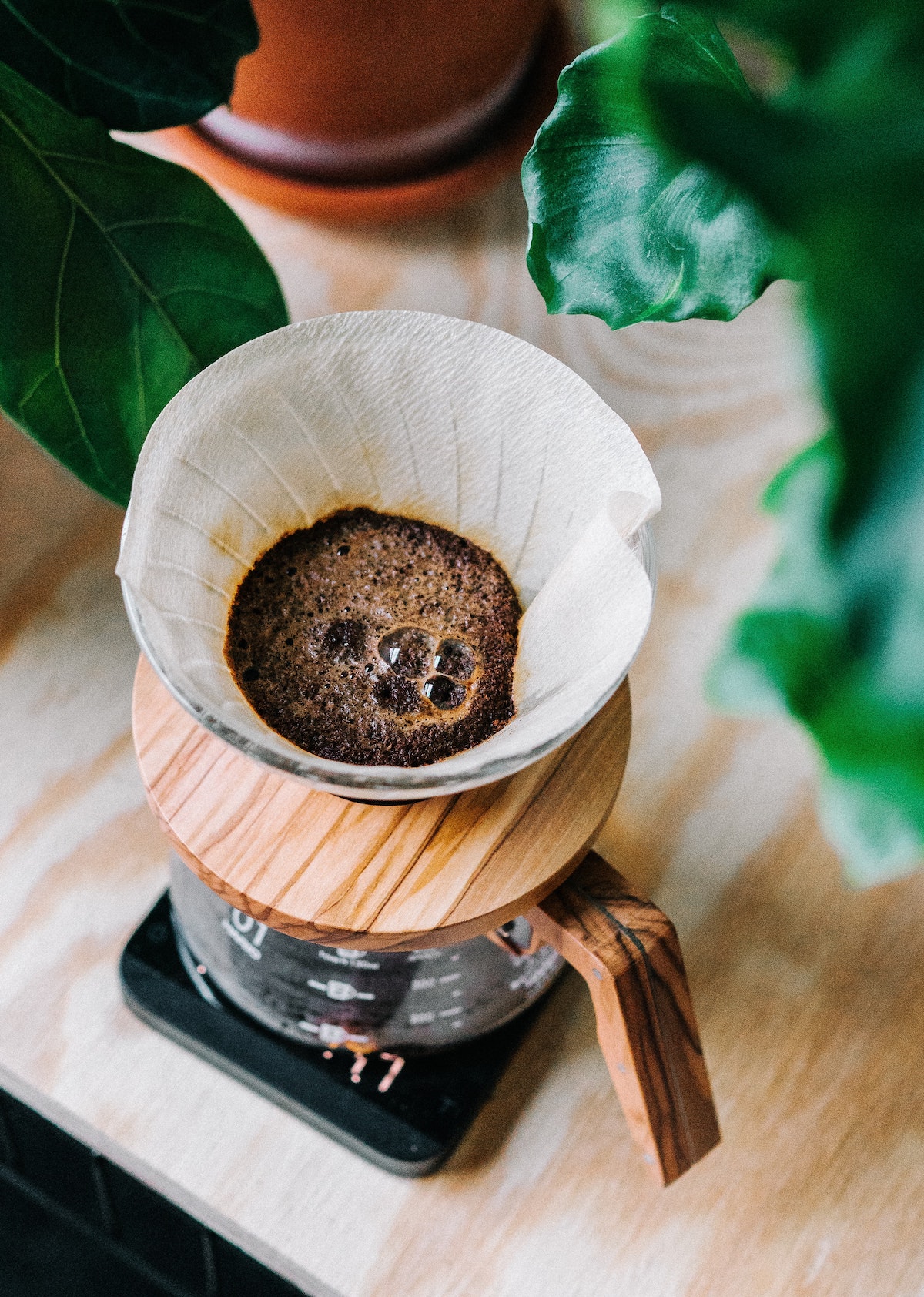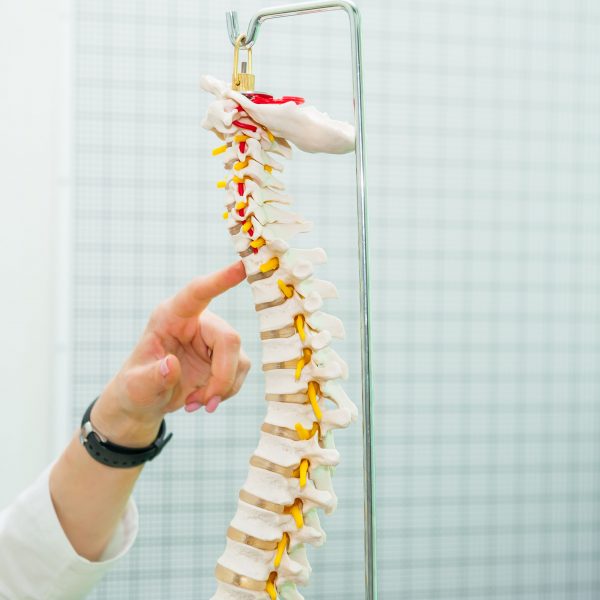Coffee is one of the most popular drinks in America, and arguably, the world. However, some people may end up quitting their regular coffee habit because of its acidity. Recently, companies have been reducing “low acid coffee.”
Is it worth the switch? And who is it really for?
Table of Contents
What is low acid coffee?
There are two ways to get low acid coffee. The easiest one is to get coffee from countries that grow it in low altitudes. These include South American nations like Brazil, Peru, Mexico, Guatemala, and Nicaragua. Indonesian farmers also grow their coffee beans in lower elevations than usual.
The second method involves using processing techniques that reduce the acidity of coffee. Each company has different ways of doing this. Perhaps the most popular way is from TrüCup. They use a patented process that utilizes steam and water.
In an interview with Mic, the company’s coffee specialist stated that their patented method immerses the coffee beans in a specific temperature of water and steam. These elements target and reduce harmful acids in the coffee beans, leaving only the ones that provide flavor and body to the drink. You can’t really get perfectly acid-free coffee.
TrüCup claims that its light roast variant is at least 1.7 times less acidic than the beans used by major coffee brands in the country. Light roasts are often the most acidic variants, meaning that its medium and dark roast coffee has even lower acidity.
How can I make low acid coffee?

There are a variety of low acid coffee brands that offer beans and k-cups apart from TrüCup like LifeBoost, Puroast, Javaplanet, Euromild, and Healthwise. They’re all easy on the stomach without losing their signature body and flavor. However, they can be pricey because of the additional processing they have to go through.
If you don’t want to spend as much on your coffee or just want to make use of the beans you have now, there are different ways to lower the acidity level of your regular coffee beans. And because you can control the flavor and temperature, the best low acid coffee you can get is the one you make at home.
Go dark
You may like light roasts because they provide tart and fruity flavors to your cup of joe. However, it’s these flavors that also make the drink acidic. Roasting the beans for longer can reduce the acidity of the coffee, so the darker you go, the better the drink is for your stomach. Who knows, you might end up enjoying the different flavors that these blends offer.
Add some milk

Milk is a classic companion to coffee, not just because it helps balance the bitterness of coffee with its own sweetness, it also lessens the acidity of the drink. The milk’s fats help buffer the acidity of the coffee so it’s easier for your stomach to process and digest.
Consider cold brewing
As a coffee lover yourself, you may have heard of the method of cold brewing. It’s been around since the 17th century when the Japanese invented it. It’s been a staple among European and American military bases as well because of its potency and versatility. Cold brew recently rose in popularity. Every big cafe chain offers it now. It’s also a great alternative to iced coffee because it’s far less acidic.
When you brew coffee at a high temperature, it releases more acid and oils than it would if you brewed it cold. One of the few disadvantages of cold brewing is that you also extract fewer antioxidants from it. It may also taste a bit tamer compared to hot coffee.
If you want to create cold brew at home, there are a variety of ways to do it:
- Big batch — If you’re having guests over or want to enjoy your cold brew throughout the day, the big batch method is for you. This involves soaking coarse-ground beans into a large jar filled with water, then letting it brew in the fridge for 12 hours. The ratio depends on your taste. After brewing, strain it with a cheesecloth and you have a pitcher’s worth of delicious cold brew.
- French press — this is a more beginner-friendly way to make cold brew, as it already uses the filter from your french press to strain the liquid. As always, use coarse-ground coffee. Use your usual coffee to water ratio for your brew, but use room temperature water. Let it sit in the fridge without plunging it for about 12 hours. After the brewing process, slowly press down on the plunger, pour the drink into your favorite mug, and enjoy.
Coffee is an essential part of the daily life of American adults. It’s so popular that more than half of Americans aged 18 and over are coffee drinkers, according to a 2018 survey by the National Coffee Association (NCA). The NCA surveyed over 3,000 respondents in the US and asked what beverages they drank recently. Over 79 percent of the coffee drinkers said that they had a cup of joe at home. The rest had their coffee in an out-of-home location, like a cafe or restaurant.
The Benefits of Coffee

Americans, especially its millennial population, are also passionate about the coffee they drink. Over 48 percent of the younger drinkers stated that they had a cup of coffee they considered to be gourmet. Despite the bitter taste of coffee, it’s still the favorite drink of a lot of people. Some learn to love the taste, while others drink it for its benefits.
Coffee, in the right amounts, helps you stay alert and awake. It can also boost your mental and physical performance. In fact, just being in a coffee shop can make you more productive.
A variety of studies have also shown that this drink has a variety of health benefits, including:
Decreased risk of diabetes
Multiple studies in the US and abroad have shown that coffee may decrease the risk of type 2 diabetes. Type 2 diabetes happens when the body resists insulin, a hormone responsible for regulating sugar, or when the body doesn’t produce enough insulin. A study published in the Diabetes Care journal found that drinking coffee allows the body to process sugars like glucose more efficiently. This way, it doesn’t have to work hard to produce insulin, which ultimately decreases the risk of type 2 diabetes.
Decreased chances of heart disease
Coffee may also be beneficial to one’s heart health. A study presented in one of the American Heart Association’s events found that regular coffee intake can reduce the risk of heart disease. The researchers used the eating patterns of the over 15,000 participants of the Framingham Heart Study, which has been going on since the 1940s.
With the help of machine learning, they found that drinking coffee is linked to a decreased risk of heart disease. Every eight-ounce cup can reduce this chance by up to eight percent. Previous papers have claimed that the drink’s natural anti-inflammatory and antioxidant properties help in flushing out toxins that could cause cardiovascular disease.
Reduced stroke risk
Around 795,000 people in the U.S. have a stroke every year. Most of these were new instances. Coffee may save you from succumbing to this deadly condition. An analysis of studies featured in the National Center for Biotechnology Information found that four cups of coffee a day is linked to a reduced risk of stroke. The researchers pointed to anti-oxidants and certain proteins in coffee as the main factors in reducing these chances.
Acidity: The Problem With Coffee

If there’s anything that turns people off from coffee, apart from its taste, is its acidity. The pH value of coffee ranges from 4.85 to 5.10, depending on its variety and how it’s brewed. Coffee is classified as acidic, albeit it’s less acidic than the juices you’d get from fruits like cranberries or oranges.
While it’s the acids that give coffee its tart flavors that offset the drink’s bitterness, they may, unfortunately, trigger or intensify gastroesophageal reflux disease (GERD). GERD is a disorder that happens when a person’s stomach acids back up from their stomach to their esophagus, creating a painful and irritating sensation in your throat. Plus, taking in too much acidic food and drinks can lead to problems like stained teeth, liver disease, and bone and muscle deterioration.
Making the switch to green tea, even if it has caffeine, is just too steep of a jump. You’ll find yourself looking for the rich taste and aroma of coffee every time. If you’re worried about your acid intake but want to continue enjoying coffee, you can try its low-acid variations.
Coffee is a drink that’s universally-enjoyed by everyone in the world. It has many health benefits, but its main issue is its acidity. A single cup can wreak havoc on those with sensitive stomachs. If you want to enjoy the advantages of coffee while minimizing instances of acid reflux or trips to the bathroom, try a low acid coffee brand. Although you may lose a bit of flavor when getting rid of most of the acid in your coffee, you’ll still have a delicious cup that will keep you alert and chipper.






